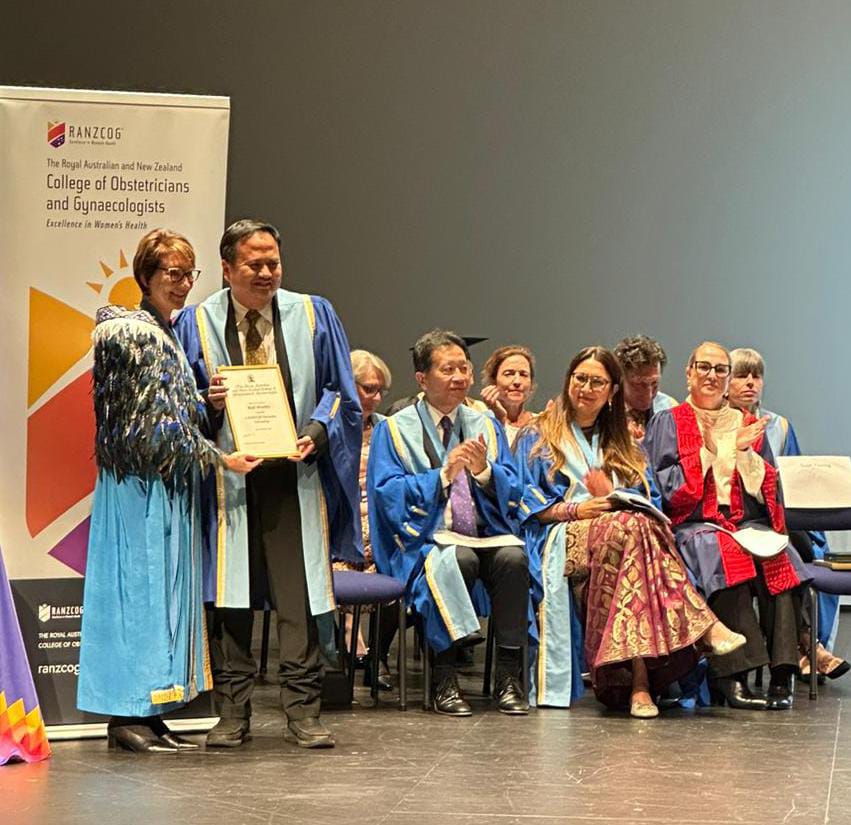The forest and land fires (karhutla) that occurred on 6–15 September 2023 have turned the expanse of savanna in the Mount Bromo area into a sea of ash. It is known that the fire occurred due to the use of flares for pre-wedding photos which apparently sparked a fire in the middle of the savanna. As a result, more than 500 hectares of vegetation land was scorched, namely in the Bromo Tengger Semeru National Park (TNBTS) conservation area, which is spread across four districts in East Java, which are Malang, Probolinggo, Pasuruan, and Lumajang.
Lecturer at the Faculty of Mathematics and Natural Sciences (FMIPA), Universitas Indonesia (UI), Dr. Luthfiralda Sjahfirdi, M. Biomed. regrets the fire incident considering that TNBTS is a conservation area listed by UNESCO as the World Network of Biosphere Reserves. TNBTS has a unique ecosystem because it consists of a desert or sea of sand ecosystem as well as a savanna. In the savanna ecosystem, there is a stretch of grassland known as Teletubbies Hill.
Apart from savanna, TNBTS also has large trees that are hundreds of years old, such as mountain pine (Casuarina junghuhniana), jamuju conifer (Dacrycarpus imbricatus), edelweiss (Leontopodium nivale), as well as various types of orchids and rare grasses. The plants and trees that surround TNBTS include centigi (Vaccinium varingiafolium), acacia (Acacia), cypress, and many grasses.
These plants also function as habitat for various animals that live in TNBTS. In this area, there are at least 38 types of protected wildlife which include 24 species of birds, 11 species of mammals, 1 species of reptile and 2 species of insects. Some of them are the Javanese eagle (Nisaetus bartelsi), the Javan leopard (Panthera pardus melas), and the Javan langur (Trachypithecus auratus).
Forest and land fires that occur in the Mount Bromo area can have short and long term impacts on biodiversity in TNBTS. In the short term, a number of endemic vegetation was burned, such as malela grass, edelweiss, and tosari orchids, which are endemic species to the Javanese mountains. Some experts argue that fires tend to “weed out” certain plants and encourage the growth of other plants, especially grass. The relatively fast growth of grass in the long term can change fire-scarred areas into grass-dominated areas.
Apart from that, forest and land fires in the Mount Bromo area also have a negative impact on animal life. Animal species that are too weak to move and hide will die in the fire. Young and small animals are particularly at risk when facing disasters because some natural escape strategies may not work. Some species with slow locomotion choose to stay and hide in trees, but are ultimately trapped by the fire.
In the long term, if there are animal species that are able to avoid flames, it is not impossible that herbivorous animals will not be able to survive due to the loss of a number of plants or trees as food sources. Carnivorous animal species that are able to save themselves will not necessarily survive if there are no species that can be preyed upon.
Dr. Luthfiralda stated that from various research reports collected, fire events trigger a series of changes in plants, microbes, fungi and other organisms that inhabit post-fire forests. Not only living creatures, fires also have an impact on the environment. Water flows, such as rivers, can experience changes depending on turbidity factors, chemical content, and river structure. This will result in the death of aquatic invertebrate species which affect animal life on land and will further impact the food chain.
To restore the function of land after a fire, according to Dr. Luthfiralda, there are several steps that must be taken, one of which is to record what vegetation is affected and understand the biology of vegetation species and forest properties. Some plant species have seeds that like heat. Fires often encourage dormant seeds to sprout. High temperatures are important for the reproduction of many plant species whose seeds react not only to water, but also to fire.
A forest that is one year old will have a diverse collection of plants and animals compared to a forest that is decades old. In tropical areas, burned areas can begin the succession process when the rainy season arrives. To quote Patricia Kennedy, a wildlife biologist from Oregon State University, forest fires can serve as a ‘reset’ button to allow old forests to be reborn. However, this succession process is very dependent on biotic and abiotic factors, including the environment and seed availability.
“Recovery of forest ecosystems after fires depends on the landscape, the level of damage and the species found in it. Human intervention in the recovery process is really needed so that the recovery process can run more quickly. Many experts have conducted research on the recovery of land caused by fire. They are of the opinion that it will take quite a long time, up to decades, to return the environment to its previous condition,” said Dr. Luthfiralda.



